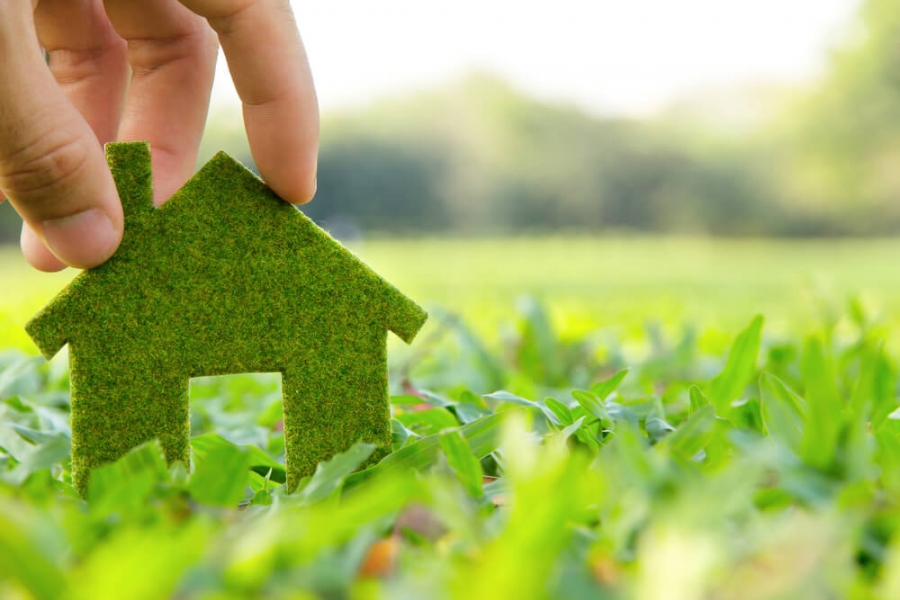In the era of climate change and environmental awareness, investing in sustainability, particularly in the real estate sector, has become a paramount trend. This blog delves into the compelling world of green real estate and sustainable properties, uncovering the multifaceted benefits and pivotal strategies for stakeholders.
As the demand for eco-conscious living spaces accelerates, understanding the nuances of environmentally friendly investments emerges as a crucial aspect for developers, investors, and consumers alike. This post aims to provide a comprehensive guide to navigating the green real estate market.
Why Invest in Sustainable Real Estate?
The shift towards sustainability in the property market is driven by a combination of environmental, economic, and social factors. Sustainable properties not only contribute to the well-being of our planet but also offer substantial economic benefits for investors and homeowners. From reduced operational costs due to energy-efficient designs to higher property values and demand, the advantages are clear.
Moreover, sustainable buildings play a critical role in promoting healthier living environments, free from the toxic materials often found in conventional construction. This aspect is increasingly appealing to a health-conscious demographic, further elevating the demand for green properties.
Dive deeper into the benefits with Advantages of eco-friendly real estate investments.
Sustainability in real estate also aligns with global efforts to combat climate change, positioning investors as key contributors to a more sustainable future.
Assessing Green Features in Properties
To genuinely benefit from investing in sustainable real estate, one must understand how to assess the sustainability features of properties. This involves examining energy efficiency, the use of renewable energy sources, water conservation measures, and the sustainability of building materials.
Additionally, the location and accessibility of a property contribute to its environmental impact, with properties in areas that encourage walking, cycling, or public transportation being more desirable.
Learn the intricacies of evaluating properties for green features with Assessing sustainability in real estate.
Market Trends and Demand for Sustainable Properties
The demand for sustainable living spaces is on the rise, influenced by a growing environmental consciousness among consumers and stringent governmental regulations on energy efficiency and carbon emissions. This trend is not just a passing phase but a substantial shift in market dynamics, reflecting a profound change in consumer preferences.
Developers and investors are responding by incorporating green technologies and sustainable practices into new projects, refurbishing existing properties to meet higher environmental standards, and exploring innovative building techniques and materials that minimize ecological footprints.
Stay updated on the latest with Market trends in green and sustainable properties.
Understanding these trends is crucial for anyone looking to invest in the real estate market, as it not only impacts current investment decisions but also the long-term viability and competitiveness of properties.
Financial Incentives and Support
Governments and institutions worldwide are offering various financial incentives to encourage the development and purchase of sustainable properties. These range from tax rebates and reductions to grants and loans with favorable terms. Such support makes the initial investment in green technologies more accessible and economically viable for a larger segment of the market.
Moreover, many financing institutions are now considering sustainability ratings as a factor in their lending decisions, recognizing the lower risk and higher value of sustainable properties.
Challenges and Considerations
While the benefits of investing in sustainable real estate are numerous, there are also challenges to consider. These include higher upfront costs for green technologies and materials, the need for specialized knowledge and skills in sustainable construction, and navigating the regulatory landscape.
However, with strategic planning and a focus on long-term gains, these challenges can be effectively managed and overcome.
Case Studies and Success Stories
Across the globe, numerous projects exemplify the successful integration of sustainability into the real estate market. From energy-positive buildings in Scandinavia to innovative green urban developments in Asia, these case studies offer valuable insights and inspiration for stakeholders looking to embark on sustainable real estate ventures.
Conclusion
Investing in sustainability within the real estate sector presents a unique opportunity to contribute to the environmental cause while also reaping economic benefits. By emphasizing eco-friendly features, staying informed on market trends, and leveraging financial incentives, investors and developers can not only foster a more sustainable future but also position themselves advantageously in an evolving market. As we move forward, the importance of green real estate and sustainable properties in shaping our urban landscapes and lifestyles will undoubtedly continue to grow.


